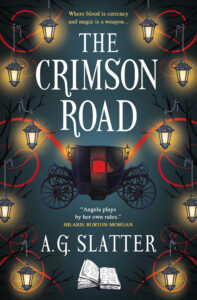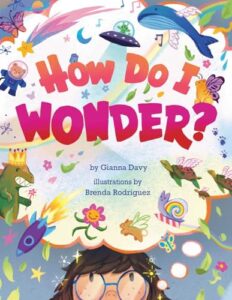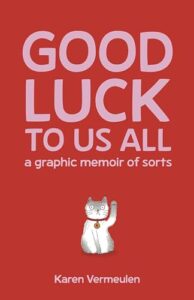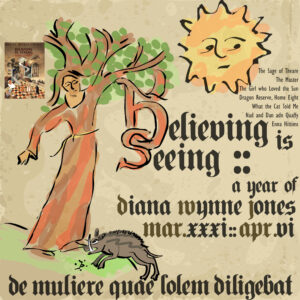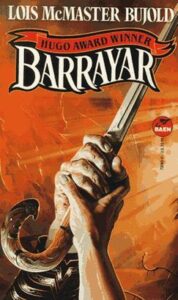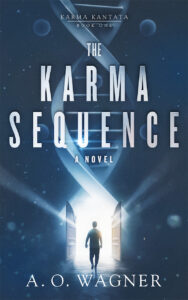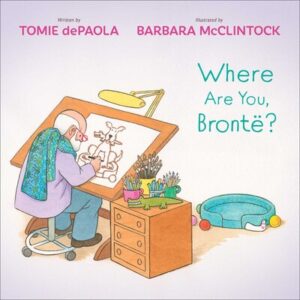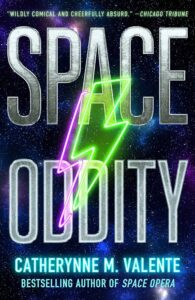Hello, dear readers! This week, we’re looking at books coming out in the back half of May, starting with a terrific series debut!
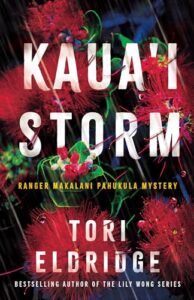 Tori Eldridge’s Kaua’i Storm was a long time in the writing. Despite being a native Hawaiian who can trace her ancestry back to 1783, Ms Eldridge felt far less confident about setting a book in the islands of her birth after years of living in the diaspora. Her fifth book finally tackles the issues of her island home, with what she hopes is the proper respect for the people and culture.
Tori Eldridge’s Kaua’i Storm was a long time in the writing. Despite being a native Hawaiian who can trace her ancestry back to 1783, Ms Eldridge felt far less confident about setting a book in the islands of her birth after years of living in the diaspora. Her fifth book finally tackles the issues of her island home, with what she hopes is the proper respect for the people and culture.
After ten years away as a park ranger in Oregon, our heroine Makalani Pahukula has come back to Kaua‘i for her grandmother’s birthday celebration. But she struggles to connect with her people and feels detached from their values, simpler way of life and slower pace. She’s also worried by the news that her cousins — a failed college football player and a rebellious teenage girl — have gone missing. Makalani hopes that they just ran off for fun, but when hunters find a dead body in the Keālia Forest Reserve, she fears that something ominous is at play.
Making use of her ranger tracking and survival skills, Makalani embarks on a search for her cousins, despite facing resistance from the locals and even from her own family. In her pursuit of the truth, she discovers that the investigation will open her heart, reawaken her love for the land she calls home, and strengthen her bond with those she loves.
Because no matter how long she’s been away, for Makalani, Hawai‘i is in her blood.


